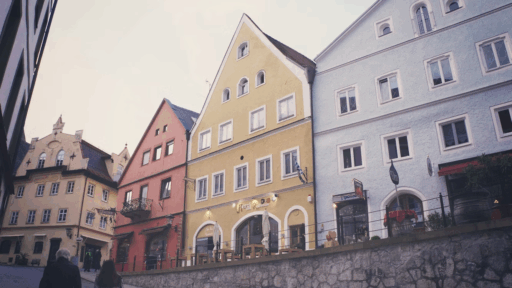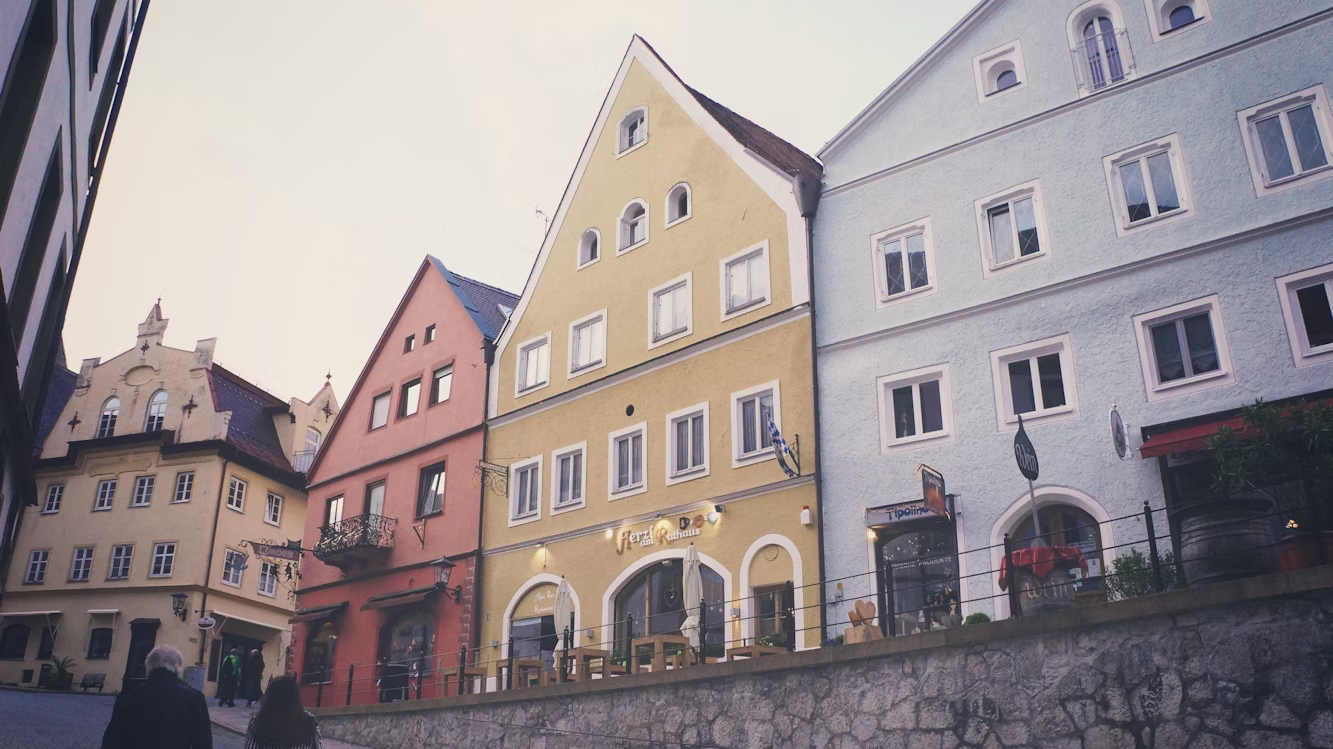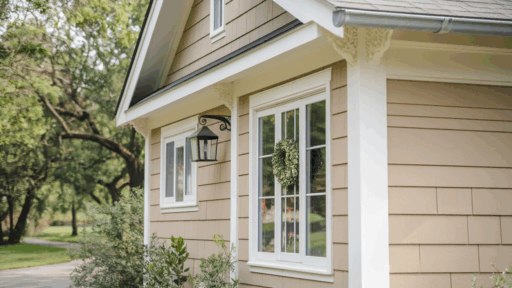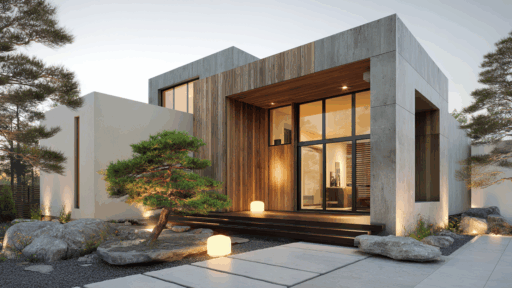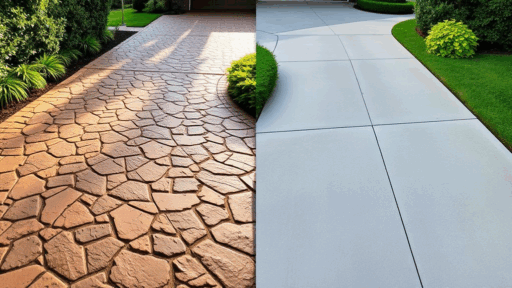In many growing cities across Australia, block sizes are shrinking—but that doesn’t mean creativity has to follow suit. Narrow lots, once seen as restrictive, are now inspiring a new wave of intelligent home design where every square meter counts. From Brisbane to Perth, architects and builders are using smart floorplans, vertical living, and facade innovation to transform limited land into functional, stylish, and energy-efficient homes.
These homes reflect not just spatial efficiency but lifestyle adaptability—blending form, function, and personality in bold new ways. This guide explores how leading companies are redefining what’s possible on the slimmest of sites.
Tailoring Space On Slim Footprints
Some of the best market has to offer comes from Ownit Homes. With block widths under 10 meters, these narrow block house designs Brisbane inject innovation into both interior and exterior architecture. Designers strategically manage space through vertical stratification, smart multi-functional layouts, and facade finesse—proving a small lot doesn’t need small ambitions.
- Vertical layering: By stacking living zones—garage, kitchen, bedrooms—over three to four levels, architects optimize the buildable area while maintaining a modest footprint.
- Multi-functional rooms: Flexible zones like home offices that double as guest bedrooms, or pantry spaces that convert into laundry rooms, exemplify maximal utility in every square meter.
- Light shafts and courtyards: Narrow blocks lack width but benefit from vertical daylighting solutions—courtyards, light-wells, and atriums strategically placed to nourish interiors.
- Facade innovation: Slim lot widths offer bold opportunities to play with textures, materials, and aligned fenestration. Balcony overhangs, vertical timber screens, and recessed entries visually expand perception.
These principles are exemplified in Ownit Homes’ narrow-lot series, which introduces smart layouts that balance privacy, flow, and aesthetics while delivering on Brisbane’s space-conscious market. They show how thoughtful design can transform a challenging lot into a compelling, liveable architectural statement.
Modscape’s Stackable Modules And Adaptive Narrow Designs
Melbourne-based Modscape, a leader in modular architecture, brings a fresh perspective to slim developments. Although typically celebrated for prefabricated pods and transportable dwellings, Modscape has successfully applied its system to vertical stack designs on narrow lots.
- Stacked volumes: By assembling modules—e.g., carport at ground level, living above, bedrooms on top—Modscape delivers multifaceted homes that respect tight site constraints.
- Rapid onsite installation: Prefabrication avoids extended construction disruptions, crucial in urban areas where street widths limit vehicle access.
- Sustainability integration: Modules arrive with insulated panels, solar-ready roofing, and pre-installed sustainable fittings, reducing waste and energy usage.
- Seamless indoor-outdoor transition: Cantilevered balconies, floor-to-ceiling glazing, and recessed terraces make narrow facades lively and engaging.
Their narrow-site projects highlight how precision engineering and thoughtful design combine to create spacious, healthy, and adaptable living environments—even when land size is smallest.
Henley’s Contemporary Narrow-Lot Homes And Luxury Apartments
Henley Properties, operating in Brisbane, Melbourne, and Sydney, specializes in designing contemporary homes and urban apartments, often serving narrow-lot buyers seeking high-end finishes and premium street appeal.
Key design strategies include:
- Double-skin facades: A ventilated outer skin (via timber or metal battens) conceals windows and helps regulate heat, while offering privacy without blocking light.
- Split-level interiors: By stepping floors across levels, they avoid the feeling of a narrow tube, instead fostering a sense of movement and openness throughout the home.
- Connectivity nodes: Internal voids and mezzanine landings draw sightlines upward, maintaining spatial continuity even in slim footprints.
- Premium material palette: Exposed concrete entry pods, dark-framed glazing, and sculptural staircases give these narrow-lot homes a refined, architectural aesthetic.
Henley’s narrow-lot portfolio demonstrates that space limitations need not compromise luxury, showing that high-end living and smart-for-space design can be perfectly aligned.
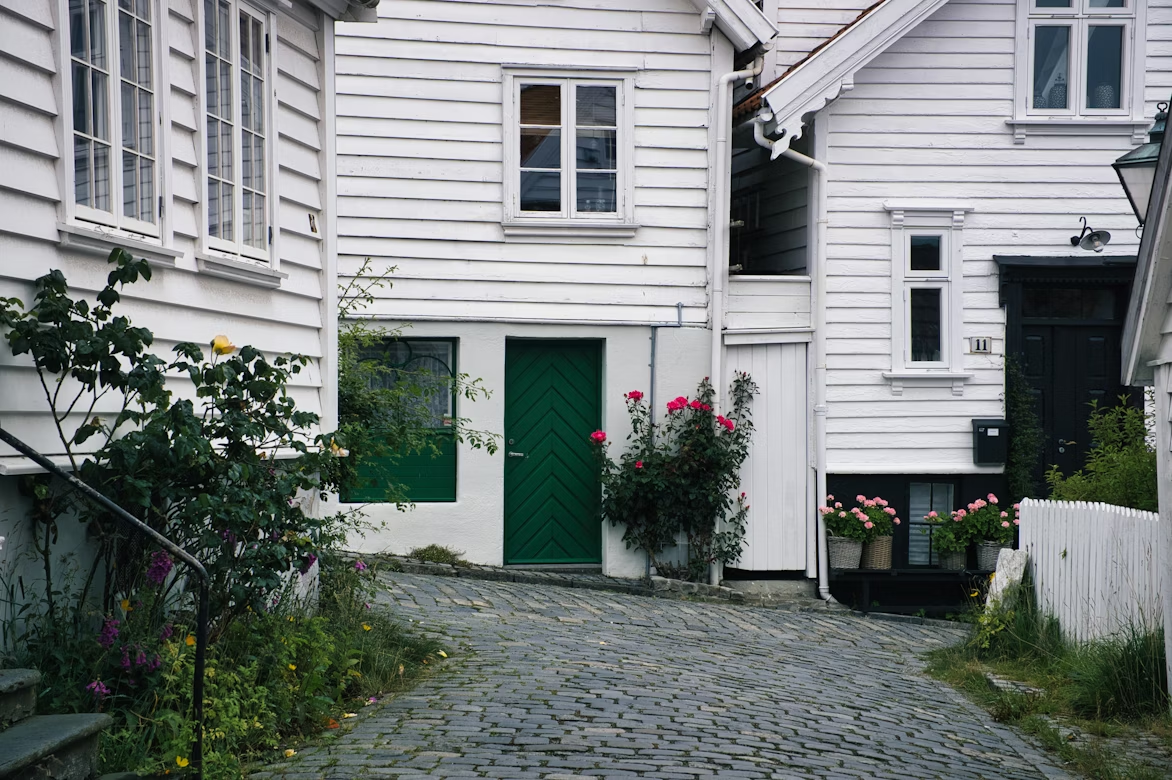
Photo by Zsolt Cserna on Unsplash
Metricon’s Ingenious Narrow-Lot Floorplans
Metricon, one of Australia’s largest home builders, offers a wide range of narrow-lot designs aimed especially at first-home buyers and growing families in suburban developments.
Their approach includes:
- Offset garages: Placing the garage off-center frees up ground floor width for living areas, enabling broader open-plan interiors even on blocks under 9 meters.
- Open-plan efficiency: Combining kitchen, dining, and living into contiguous areas without corridors improves perceived space and promotes connection.
- Outdoor “al fresco” integration: Folding stacker doors connect the inside to rear courtyards, effectively doubling accessible living area during warm months.
- Up/down lighting galleries: Compact corridors feature clerestory windows or recess lighting to avoid darkness and claustrophobia.
By mixing value-driven features with clever spatial configurations, Metricon proves that narrow lots don’t just fit affordable homes—they can host smart, flexible, family-friendly environments.
Smartshell’s Passive-Narrow Approach For Sustainability
SmartShell, a boutique Adelaide-based practice, takes a uniquely passive-design philosophy and channels it into narrow-lot homes. Their focus is on energy efficiency and climate responsiveness—especially sensible for street-facing skinny sites.
Highlights include:
- Passive solar orientation: Narrow blocks are oriented north–south whenever possible, placing living rooms and glazing along the north side for maximum sunlight.
- Thermal buffer zones: Garages, bathrooms, and stairwells act as zones between street noise and interior comfort, without eating into precious room width.
- Deep eaves & shading devices: Adjustable screens and roof overhangs protect interior glazing from summer sun, while allowing winter warmth to penetrate.
- High-level operable vents: Natural stack ventilation across vertical voids circulates stale air efficiently, reducing reliance on HVAC systems.
SmartShell demonstrates that sustainable narrow-lot design isn’t just practical—it can be elegant, comfortable, and low-energy all year round.
Peek Architecture’s Adaptive Facades On Tight Sites
Peek Architecture, with offices in Melbourne and Perth, brings a theatrical element to narrow-lot homes, especially when the streetscape demands a bold statement. Their work shows how facades become canvases—shifting, layered, and expressive.
Approaches include:
- Shifted room volumes: Upper levels are cantilevered or recessed, creating shadow lines, balconies, and visual interest that punches up curb appeal.
- Color + material play: Contrasting claddings—weatherboard, perforated metal, colored plaster—and bold window shapes turn a narrow-lot facade into a crafted object.
- Integrated greenery: Balcony troughs and façade planters soften the built mass, adding greenery to otherwise narrow urban frontages.
- Strategic window placement: Small vertical windows on the street side preserve privacy, while the rear receives large glazing to pull in backyard light.
Peek’s projects prove that facades on narrow lots can be performative—telling a story, capturing attention, and making functional statements about space and identity.
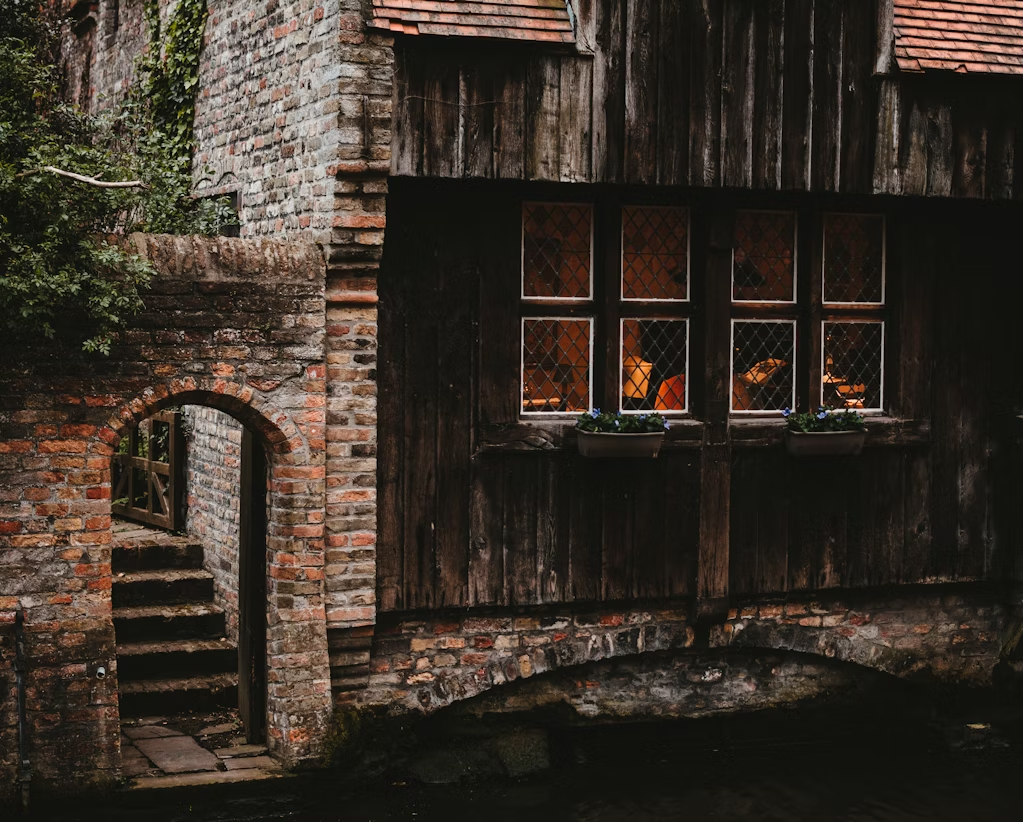
Photo by EVGENIY KONEV on Unsplash
Wrapping Up
Narrow-lot design isn’t merely a response to small land; it’s a canvas for architectural ingenuity. When height replaces width, and modular thinking replaces sprawling plans, homes gain vertical drama, spatial intelligence, and exterior flair.

